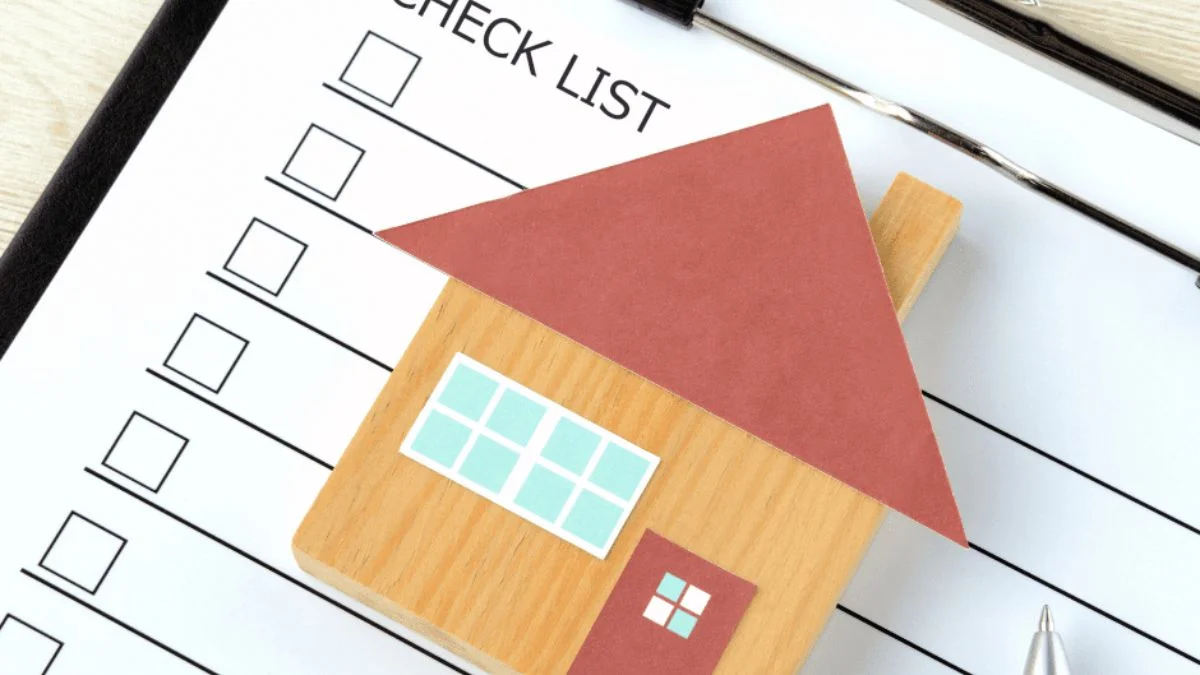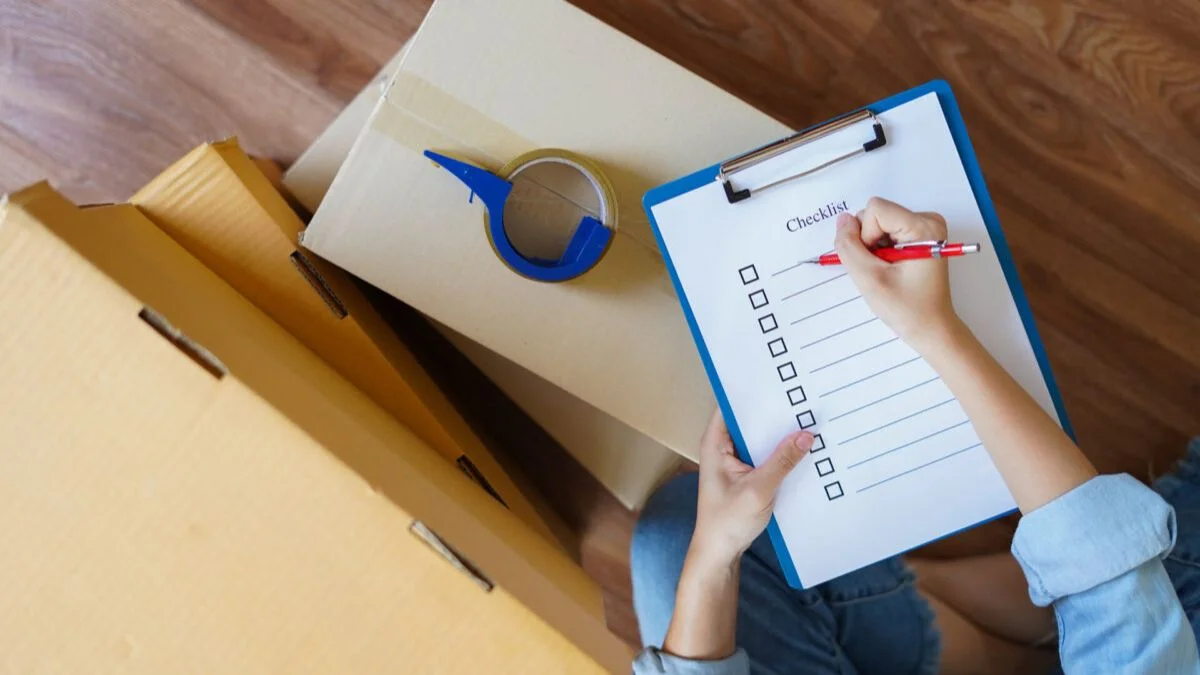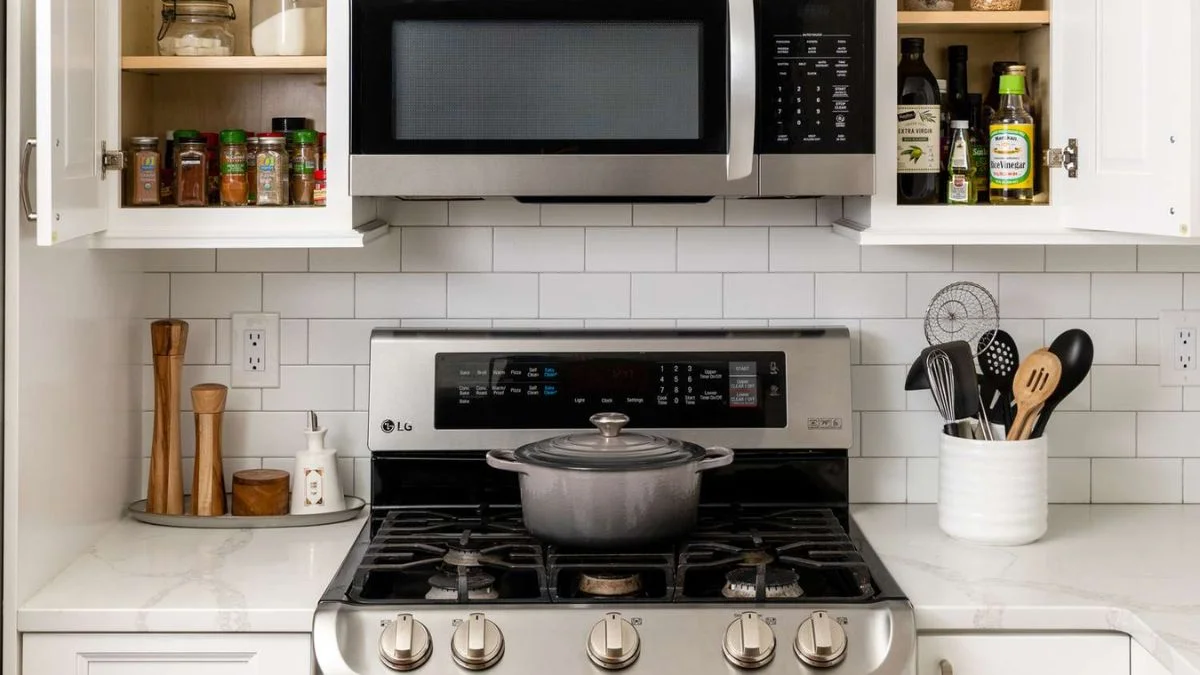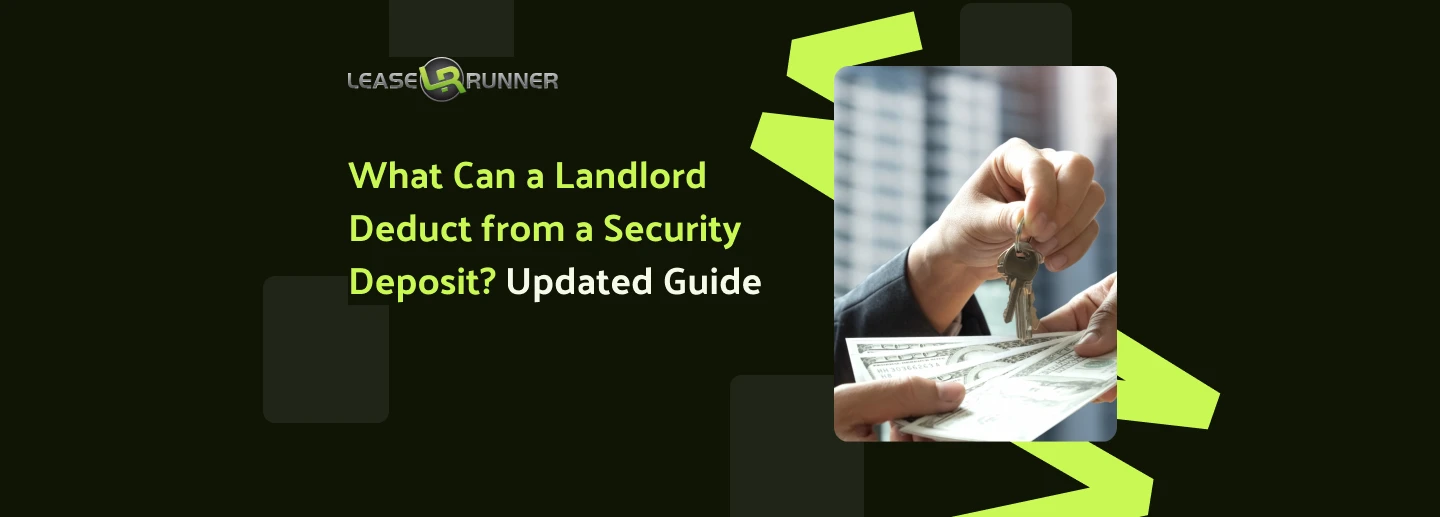Moving into a new apartment can be exciting yet overwhelming. Landlords and tenants both benefit from a clear move-in process that protects rights, prevents disputes, and ensures a smooth transition. A move in checklist apartment is a practical tool that helps track every detail from essential items to legal responsibilities.
What Is a Move-In Checklist?
A move-in checklist is a detailed list of tasks, items, and inspections that tenants and landlords complete when a tenant moves into a rental property and starts a lease. It documents the condition of the apartment, including any existing damage, fixtures, and appliances, noting pre-existing issues or cleanliness.

A good checklist may include a move in checklist apartment template that covers rooms, appliances, and safety features. Tenants can also combine it with a new apartment move in checklist to track personal belongings and essential supplies.
Why it matters to Landlords:
- Damage Accountability: It is the primary piece of evidence used when a tenant disputes deductions from their security deposit at move-out.
- Legal Compliance: Many states and local jurisdictions mandate this inspection process to protect both parties.
- Professionalism: Providing a detailed checklist enhances your reputation and sets clear expectations with the tenant from day one.
Before You Move In

Proper planning is crucial to ensure a smooth transition for both landlord and tenant. Before the moving truck arrives, review this section of your move in checklist apartment guide to confirm every legal, financial, and practical step is completed.
1. Confirm Lease Details
Ensure all required documents are signed, and funds (first month’s rent, security deposit, and any applicable fees) are collected as part of your move in checklist apartment.
- Lease Agreement: Verify that the lease clearly outlines rent payment schedules, late fee policies, and tenant/landlord maintenance responsibilities.
- Rules & Regulations: Provide the tenant with a copy of all community rules, HOA regulations, and pet policies (if applicable). For guidance, landlords can reference security deposit laws.
- Payment: Confirm the first month’s rent is cleared. Consider using a secure method for collecting payments, such as a dedicated platform (see: best way to collect rent).
2. Set Up Utilities & Insurance
Ensure the tenant understands which utilities they are responsible for initiating and transferring into their name before move-in day.
- Utility Transfer: Clearly state the date by which the tenant must transfer utilities (electricity, gas, water, internet) to avoid service interruption or unexpected charges to you.
- Rental Insurance: Make renter’s insurance mandatory, and require proof of policy. This protects the tenant’s belongings and provides liability coverage, which is vital for reducing your exposure.
3. Pack Smart with a New Apartment List of Things You Need
Before tenants move, advise them to prepare carefully using a things for new apartment list. This ensures they bring everything necessary for a comfortable start. Essential items might include:
- Basic cookware and utensils
- Bed, pillows, and linens
- Towels and bathroom accessories
- Cleaning supplies and garbage bins
Encourage them to follow a new apartment list of things you need or a moving into an apartment checklist to avoid forgetting everyday essentials.
Landlord Tip: Share this list for moving into new apartment as part of your tenant welcome packet. It helps new renters feel supported while ensuring they can focus on inspection and lease compliance instead of scrambling for supplies.
On Move-In Day

This is when you and the tenant complete the essential joint inspection, turning the move in checklist apartment into a legally binding record.
1. Conduct a Move-In Walkthrough
Inspect the apartment with the landlord present. Document any existing damages. Take photos to prevent disputes later. A walkthrough aligns expectations and avoids disagreements during move-out.
2. Use the Move-In Checklist Provided by the Landlord
Landlords often supply a moving to apartment checklist or moving into an apartment checklist. Complete this form thoroughly to document the apartment’s condition. Keep a copy for reference.
3. Test Everything
Ensure you test all major components in the presence of the tenant.
- Appliances: Run the dishwasher, check the oven temperature, and confirm the refrigerator and freezer cool correctly.
- Water Fixtures: Turn on all faucets, flush toilets, and check for leaks or slow drainage.
- HVAC: Test the heating and air conditioning unit to ensure they reach the target temperature efficiently.
4. Verify Safety Features
This is a non-negotiable legal requirement in most jurisdictions.
- Smoke/CO Detectors: Test every smoke and carbon monoxide detector to confirm they are operational and correctly placed. Document the number and location on the checklist.
- Locks: Ensure all door and window locks function smoothly. A thorough lock change between tenants is essential to prevent illegal occupancy issues, such as phrogging.
5. Take Meter Readings
Record electricity, gas, and water meters to avoid billing disputes. Note the date and time for official documentation.
6. Safety & Utility Check
Ensure all utilities are connected, and no hazards like exposed wiring or mold exist. Address problems immediately with the landlord.
Essentials for Your New Home

A move in checklist apartment helps prioritize essentials by room. Providing a list of first apartment essentials (like basic cleaning products) in the unit as a welcome gift can be a great gesture.
1. Kitchen
Ensure all appliances (stove, fridge, microwave) are spotlessly clean and in good working order.
- Pots, pans, and utensils
- Plates, bowls, and cups
- Refrigerator and pantry items
2. Bedroom
Confirm all window coverings (blinds/curtains) are installed and functional for privacy.
- Bed frame and mattress
- Sheets, pillows, and blankets
- Wardrobe or closet organizers
3. Bathroom
Verify that the shower/tub has no leaks, the exhaust fan works, and the caulking is intact.
- Towels, soap, and toiletries
- Shower curtain and bath mat
- Toilet paper and cleaning supplies
4. Cleaning and Tools
Ensure the tenant knows where exterior maintenance tools or communal cleaning supplies are kept (if applicable).
- Vacuum, broom, mop, and dustpan
- Basic toolkit for furniture assembly
- Trash bags and storage bins
After You Move In

The post-move-in period is critical for establishing a positive landlord-tenant relationship and setting the stage for timely rent collection and property care.
1. Update Your Address & Accounts
Notify banks, postal services, employers, and subscriptions. Updating accounts ensures no disruption in bills or communication.
2. Build Comfort & Routine
Organize furniture and belongings. Set up a functional layout that suits daily life. A first apartment essentials guide can help prioritize tasks efficiently.
3. Ongoing Maintenance Responsibilities
Clearly reiterate the difference between tenant-responsible maintenance (e.g., changing lightbulbs, minor clogs) and landlord-responsible maintenance (e.g., HVAC failure, plumbing leaks). Refer them to the relevant section of their lease. For more on managing costs, see: property management cost.
Once you’ve reviewed the key steps, it helps to see the entire process in one place.
Here’s a simple summary of what landlords and tenants should do before, on, and after move-in day to stay organized and compliant.
Legal Responsibilities for Landlords and Tenants

Adherence to law is paramount. Understanding the laws governing the move-in process protects you from liability. This process is essential whether you are renting out a house for the first time or managing a large portfolio.
Security Deposit
Security deposits are a key area where legal obligations are strictly enforced. In the United States:
- Typical amount: Most states cap security deposits at one to two months’ rent. For example, in California, a landlord cannot demand more than two months’ rent for an unfurnished unit and three months for furnished units.
- Deposit handling: Landlords must keep deposits in separate accounts in many states. In New York, for example, deposits must be kept in an interest-bearing account if the building has six or more units.
- Return timeline: Landlords are legally required to return the security deposit, minus legitimate deductions, within a defined period. In Texas, this period is 30 days, while in California, it is 21 days. Tenants should document apartment conditions using a move in checklist apartment template to avoid disputes.
- Deductions: Landlords may deduct for damages beyond normal wear and tear but cannot charge for routine cleaning. For instance, replacing a broken window or patching holes larger than a nail mark is deductible.
For more guidance, see how much is a security deposit for an apartment.
Rules Move-In & Move-Out
Both parties must follow move-in and move-out procedures to avoid legal issues:
- Move-In Rules: Tenants are expected to maintain the unit, use appliances safely, and respect noise regulations. Landlords must ensure the unit is habitable under the Implied Warranty of Habitability, which is a legal standard in all U.S. states.
- Move-Out Rules: Landlords can conduct inspections to determine damages. Tenants should leave the property clean and remove all personal belongings. Legal issues often arise when deposits are withheld unfairly; documentation via moving into an apartment checklist protects both sides.
Inspection Laws
Move-in and move-out inspections are regulated to prevent disputes:
- Mandatory inspections: States like Florida and New York require landlords to provide tenants with written statements about existing damages at move-in.
- Photo and video evidence: Many landlords take timestamped photos or videos to document apartment conditions. This practice has become standard to comply with local laws and protect security deposits.
- Tenant participation: Tenants should actively participate in inspections. For example, using a move in checklist apartment to record appliance functionality, wall condition, and flooring issues ensures transparency.
Notice Periods & Renewal Rules
Legal notice periods prevent sudden eviction or rent disputes:
- Termination notice: In most U.S. states, tenants must provide 30 days’ notice to vacate a month-to-month rental. For fixed-term leases, notice depends on lease terms but is often 60 days.
- Renewal rules: Landlords must communicate renewal terms before the lease ends. Some states, like Oregon, require 90 days’ notice for rent increases above a certain threshold.
- Eviction laws: Evictions must follow strict legal procedures. Unlawful eviction, or “self-help eviction,” such as changing locks without notice, is illegal in all 50 states.
For landlords new to renting, check guides like renting out a house for the first time to ensure compliance with local laws.
Conclusion
A thoroughly executed move in checklist apartment is the cornerstone of a successful tenancy. By utilizing a detailed template, you protect your property, maintain legal compliance, and establish a professional and transparent relationship with your tenant. This structured approach, combined with providing essential resources like a great moving into an apartment checklist, ensures a smooth transition for everyone.
FAQs
What documents should I have before moving in?
Prepare your lease, proof of insurance, identification, and completed move-in checklist. These documents protect your rights and ensure legal compliance.
How do I know what I need for my first apartment?
Tenants should refer to a comprehensive first apartment essentials list, prioritizing basics like cleaning supplies, bedding, toiletries, and kitchen utensils before focusing on furniture or decor. The most essential things you need when moving into a new apartment are items that ensure hygiene, sleep, and basic food preparation.
Can I refuse to move in if the apartment is not ready?
Yes. If utilities are disconnected, major repairs are pending, or safety hazards exist, tenants have the right to delay moving in. Document all concerns and communicate with the landlord.
What’s the difference between a move-in and move-out inspection?
A move-in inspection documents the apartment’s condition at the start of tenancy, while a move-out inspection notes changes or damages at the end. Both protect security deposits and legal responsibilities.







